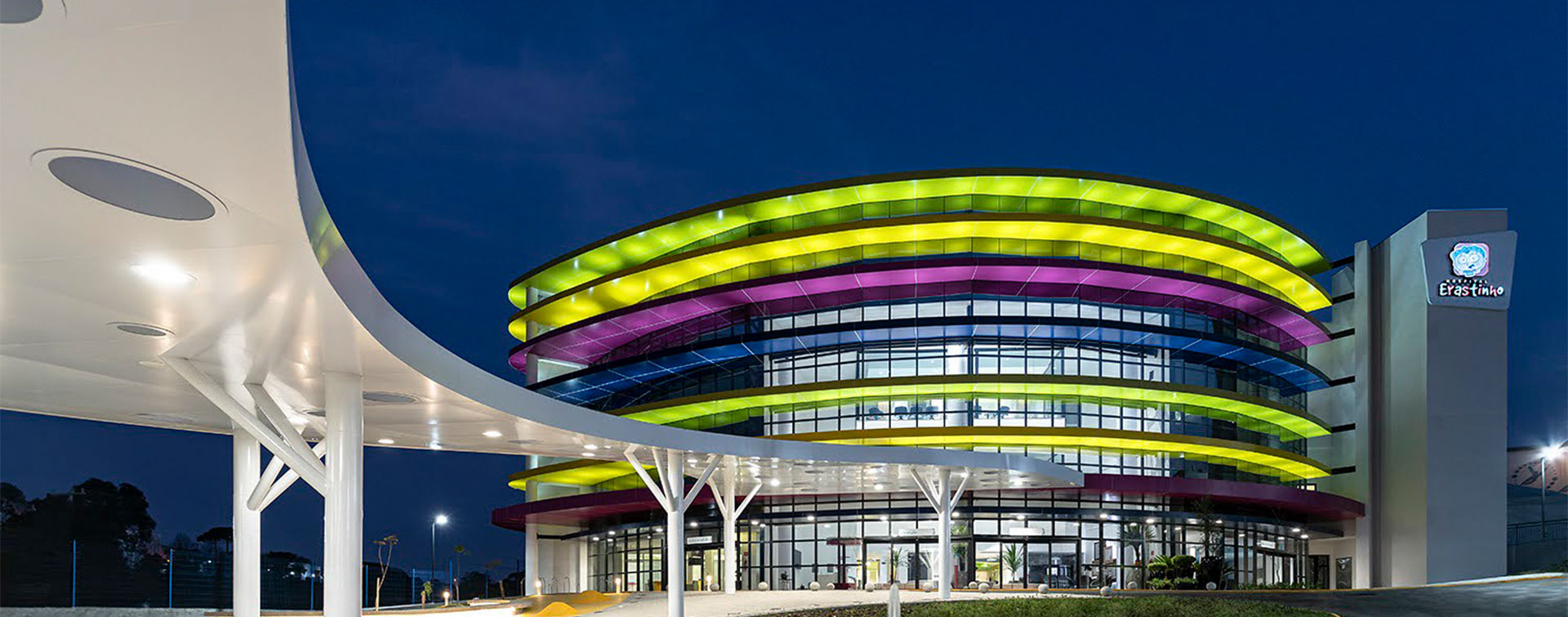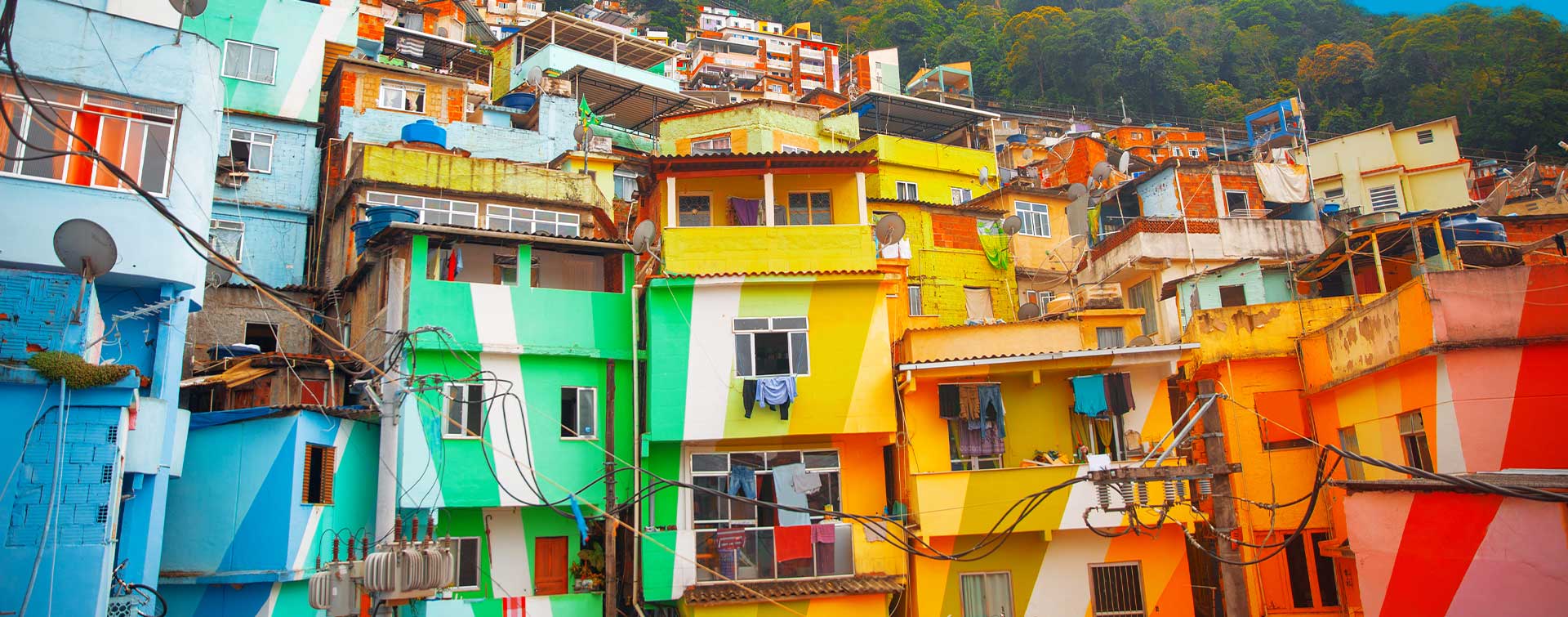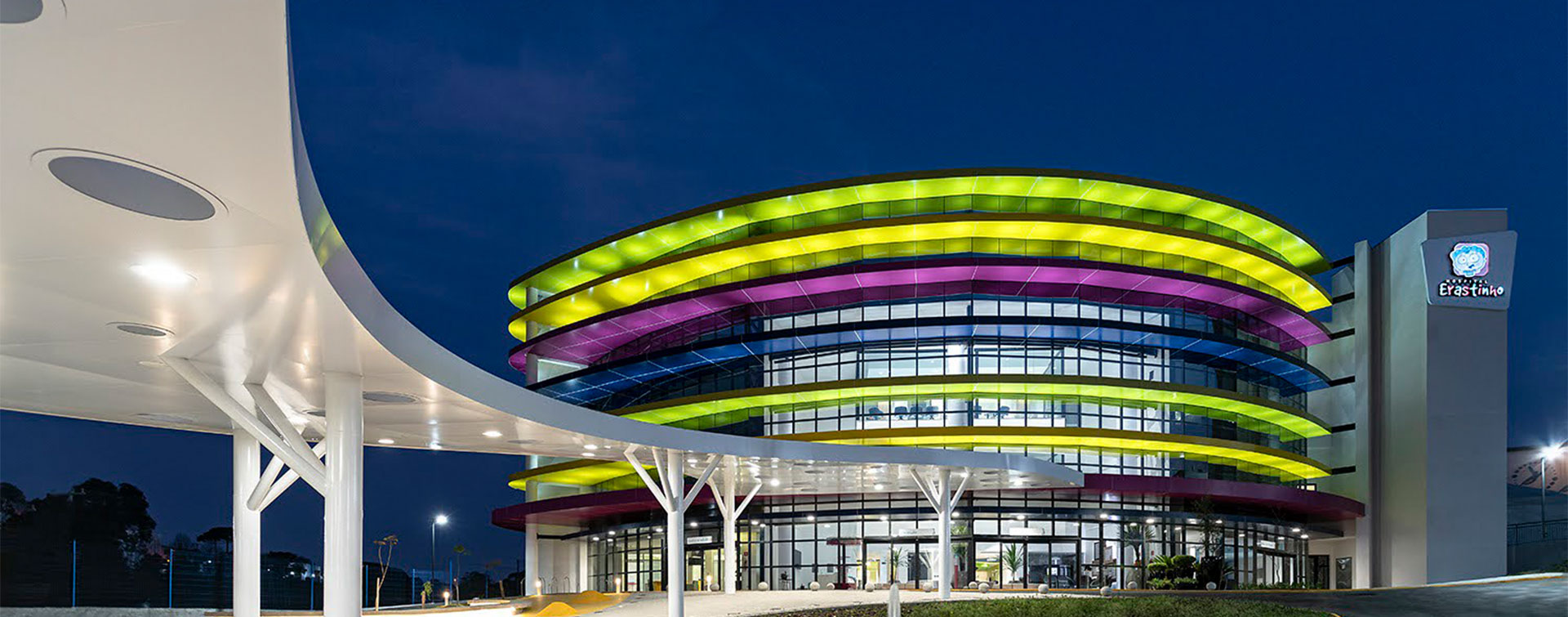 8 min
8 min
Artificial intelligence (AI) algorithms are pushing back the frontiers of heritage conservation throughout the world. While some simply enhance traditional methods, others revolutionize the very approach to conservation, transforming an often curative approach into a preventive science. A paradigm shift that brings together curators, conservators, data scientists and developers in an unprecedented collaboration.
KEY TAKEAWAYS
• Preserving history in the digital age: in the face of time erosion, environmental threats and conflict, AI is becoming a strategic tool for safeguarding our heritage.
• From curative to preventive: predictive analysis transforms restoration into a forward-looking approach.
• Digital twins to anticipate threats: 3D modelling and climate simulations are redefining conservation.
• Fragments reassembled using algorithms: AI can overcome technical challenges once thought insurmountable.
• A new form of heritage governance: AI implies unprecedented collaboration between heritage experts,data scientists and technologists.
Millimeter-precision diagnostics
AI doesn’t just observe historic monuments, it examines them in minute detail. More than a simple analytical tool, it helps curators by detecting the invisible and anticipating risks before they become critical.
Saint Peter’s Basilica in Rome (see introductory visual) is a perfect illustration of this technological revolution. The Vatican teamed up with Microsoft and French start-up Iconem to digitize this architectural gem for the first time. The result? Nearly 400,000 high-resolution photographs processed using artificial intelligence to create a digital twin accurate down to the last millimeter. More than a simple model, the algorithms cross-reference this geolocated data with historical archives to reveal the invisible. From micro-cracks to areas of structural fragility, AI detects early signs of deterioration. More surprising still, this digital analysis reveals unsuspected construction secrets: forgotten assembly techniques, specific materials used by the builders of the day, architectural details hidden beneath the layers of time. These discoveries enable restorers to plan their work with unprecedented precision, ensuring the longevity of this illustrious monument.
AI can detect the invisible and anticipate risks before they become critical.This innovative approach has found another field of application in Portugal, where researchers at the University of Minho are revolutionizing the preservation of azulejos. These emblematic tiles, a legacy of Manueline art, a typical Portuguese architectural style, have decorated the country’s monuments and buildings with their geometric or figurative motifs since the 15th century. Faced with the multiple threats to this unique heritage – loose fragments, cracks, biological colonization, graffiti – traditional visual inspection methods show their limits. A team of researchers has thus developed two complementary artificial intelligence systems: one capable of accurately identifying whether a tile is damaged, the other analyzing the exact nature of the damage. An innovation that paves the way for systematic, preventive monitoring of this national treasure.
Restoration enters a new era
While artificial intelligence is transforming diagnosis, it is also revolutionizing restoration techniques themselves. From the reconstitution of thousand-year-old frescoes to the simulation of complex restoration work, digital technologies open up a field of possibilities that has remained unexplored until now.
In collaboration with the University of Granada, the Alhambra in Spain is developing a digital twin of unprecedented precision. More than just a virtual copy, it enables the conservation teams to predict future threats. With climate change intensifying the risks, curators can now simulate the impact of earthquakes – particularly worrying in this area between the Eurasian and African tectonic plates – high winds, and extreme climatic events. This virtual laboratory offers a secure space for testing different conservation solutions. A preventive approach that is crucial to preserving this 12ᵗʰ-century architectural gem.
AI is also redefining restoration methods by tackling previously insurmountable challenges. In Pompeii, the RePAIR project illustrates this transformation: thousands of fragments from frescoes, scattered since the eruption of 79 C.E. and again during the bombardments of the Second World War, are finally back in their rightful place. In the face of this giant puzzle, which discouraged even the most experienced restorers, artificial intelligence came up with an unprecedented solution. In the House of the Painters at Work, algorithms analyze each fragment, identify matches and guide the reconstruction of the frescoes. This technological approach allows previously unrestorable archaeological treasures to be brought out of storage.
Proactive, global conservation
While restoration is essential, the real revolution lies in our ability to prevent rather than cure. Artificial intelligence can thus shed new light on the monitoring of historic monuments. Faced with the growing threats of climate change and political instability, the International alliance for the protection of heritage (ALIPH), Iconem, Microsoft and Planet, one of the world’s leading providers of everyday satellite imagery and analytical solutions, have joined forces to launch HeritageWatch.AI. This independent, not-for-profit organization is dedicated to forecasting and analyzing the short- and long-term risks to heritage. Its goal is to harness satellite imagery and AI to protect the world’s heritage.
From the Sahel region in Africa, where earthen architecture is under attack from desertification, to coastal heritages threatened by rising sea levels, and including conflict zones, this digital sentinel makes it possible to identify areas in crisis, and plan and implement conservation or mitigation measures before damage occurs and becomes irreversible.
This preventive approach is accompanied by a revolution in the management of historical data. By centralizing and analyzing thousands of archived documents, photos and surveys, AI helps experts make informed decisions in record time. In another context, in Palmyra, Syria, this computing power has enabled the virtual reconstruction of monuments destroyed by conflict, by combining thousands of pre-war photographs and laser scans. This enormous task paves the way for future restoration, while preserving the memory of these vanished treasures.
From high-precision diagnosis to assisted restoration and proactive monitoring, artificial intelligence enables conservators and restorers to extend their expertise and take action more effectively and precisely than ever before. This alliance between artificial intelligence and traditional know-how opens up new prospects for the preservation, and hence the durability, of our cultural heritage.
While artificial intelligence is revolutionizing heritage preservation, it is equally transforming the field of sustainable construction. Just as algorithms can model a historical monument to anticipate its deterioration, generative design leverages AI's computing power to explore hundreds of possible construction scenarios in a matter of minutes. In this way, historical heritage and sustainable construction become two complementary innovation laboratories, where artificial intelligence helps preserve the legacy of the past while building that of future generations.









